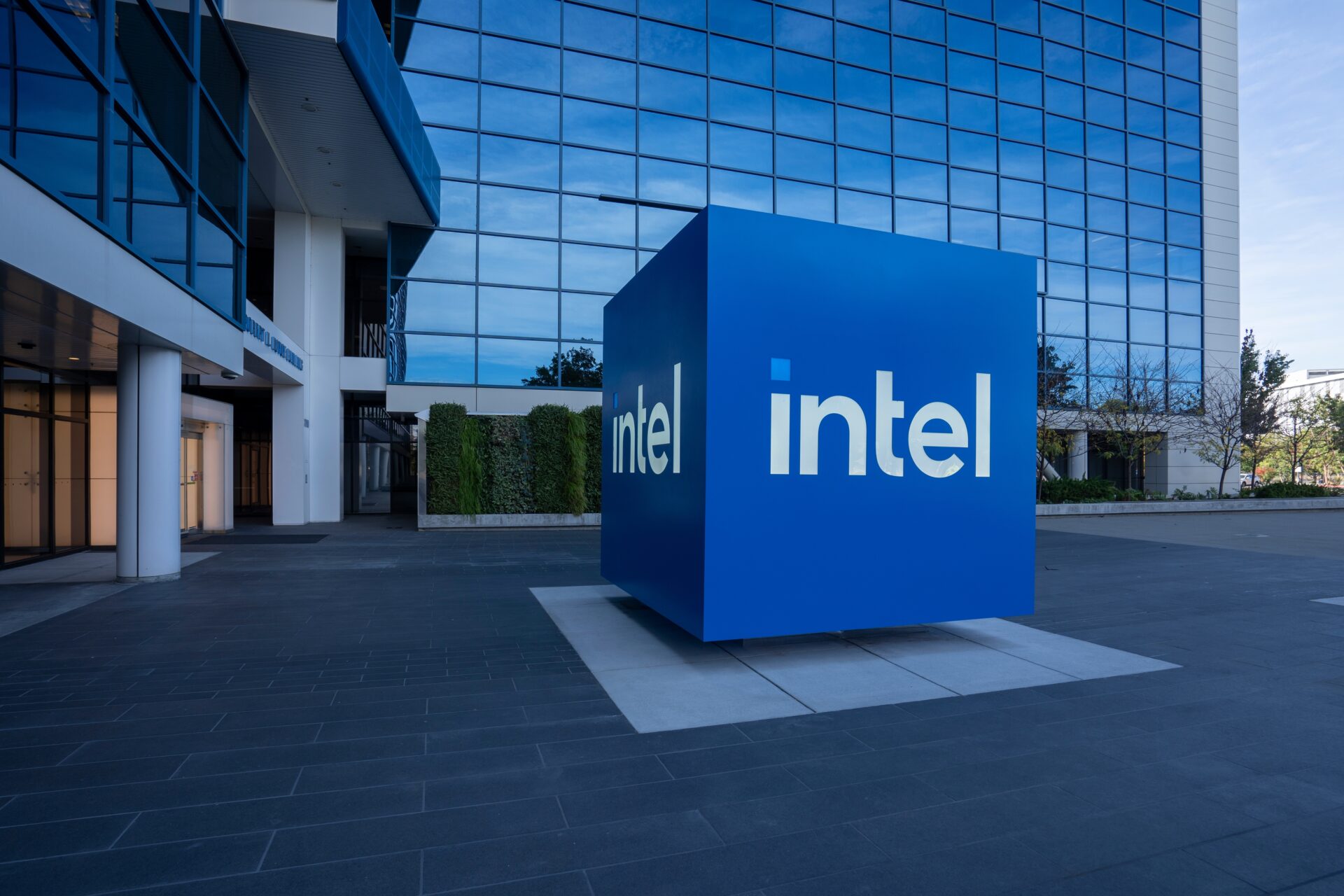
Government Buys Intel—but WHY?
The U.S. government’s acquisition of a 9.9% stake in Intel has ignited debate over industrial policy, control, and the absence of a coherent semiconductor strategy.
At a Glance
- The U.S. converted $11.1 billion in CHIPS Act-related support into Intel equity, gaining a 9.9% stake.
- No new capital was invested in Intel; this was a reallocation of existing grants.
- The government does not gain board representation or formal voting control.
- A five-year warrant allows for an additional 5% stake if Intel spins off its foundry.
- Critics see the move as signaling desperation and blurring public-private lines.
A Deal With Strings Attached
In a rare policy maneuver, the federal government has taken a 9.9% stake in Intel using CHIPS Act and Secure Enclave funds previously designated for grants. While marketed as a strategic investment to shore up national semiconductor capabilities, the deal has provoked sharp criticism from economists and policymakers. The move reallocates previously approved funding, giving the government equity instead of injecting new capital.
Watch now: US Buys Intel Stake: Inside the $8.9B Move That Could Reshape Chip Wars!
The stake—valued at approximately $8.9 billion—includes a five-year warrant that allows the government to purchase an additional 5% should Intel split its manufacturing operations. However, it does not come with board seats, governance rights, or a declared strategy. The absence of a clear industrial playbook has raised concerns that the move reflects political optics more than sustainable tech strategy.
Power Without a Plan?
Intel has fallen behind Taiwan’s TSMC and South Korea’s Samsung in advanced chip manufacturing. Its multi-billion-dollar foundry strategy has struggled with delays, cost overruns, and underwhelming customer traction. Despite billions in taxpayer support, including this new equity maneuver, the company’s turnaround remains uncertain.
Market analysts warn that such state-linked deals risk distorting corporate governance, reducing transparency, and injecting political considerations into boardroom decision-making. The lack of fresh capital further compounds doubts about the deal’s effectiveness in reviving Intel’s global competitiveness. Some see it as a backdoor form of soft nationalization.
Strategic or Symbolic?
Proponents of the move argue it reaffirms the nation’s commitment to domestic semiconductor leadership amid geopolitical tensions. They claim the stake gives Washington leverage over critical infrastructure without full ownership or command-and-control mechanisms.
Still, this approach diverges from the traditional American model of private enterprise—prompting charges of creeping statism from critics. Whether this partial ownership becomes a one-off exception or a new norm in industrial policy will likely depend on how Intel performs—and how voters react.
Sources
Wall Street Journal
Reuters
Tom’s Hardware


